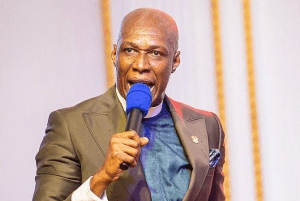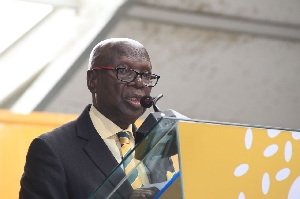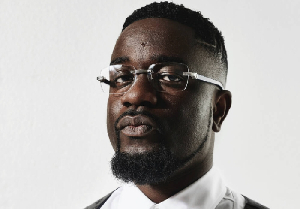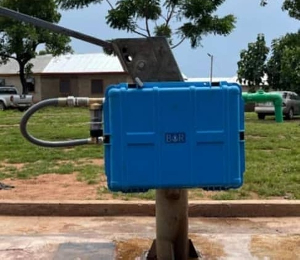A Dutch university has been keeping the decapitated head of an African tribal chief since the 19th century, and a Ghanaian diplomat says Ghana wants it returned for burial.
The Leiden University Medical Center said Wednesday it would consider relinquishing the relic, if it received a formal request from Ghana.
Arthur Japin, a prominent Dutch writer, said in a television interview Tuesday that he discovered the existence of the head of Badu Bonsu II while he was researching a historical novel. Japin said he saw the head himself several years ago, and it had troubled him ever since.
"He's got a little ring-beard, his eyes are closed as if he's sleeping," he said on the program Pauw & Witteman. "And my first thought was, this is not fitting. I felt deep inside the need to bring him home."
Japin seized the opportunity of a state visit by Ghana's President John Kufuor last week to draw attention to the matter to Ghana's Embassy.
Eric Odoi-Anim, a minister at the embassy, said the head must be returned to the Ashanti region where Bonsu ruled.
"Without burial of the head, the deceased will be hunted in the afterlife. He's incomplete," Odoi-Anim said on the same program. "It's also a stigma on his clan, on his kinsmen, and him being a (high-ranking) chief. This is even more serious."
The Leiden medical center, where the head is stored in a glass container in formaldehyde, declined to answer questions and refused to release photographs or film "out of respect" for Bonsu's remains.
"We have a well-considered policy about our anatomic-historical collection," it said in a statement.
The Dutch established trading and slave posts in Ghana in the late 1500s, and remained involved in the country — then known as the Gold Coast — until late in the 19th century.
According to Japin, the head was taken by Maj. Gen. Jan Verveer in retaliation for Bonsu's killing of two Dutch emissaries, whose heads were then hung from his throne as trophies.
It was not clear exactly when the Bonso was killed. Verveer was recruiting soldiers and slaves in Ashanti to serve in the East Indies in the late 1830s.
The head was brought to Leiden around that time at the request of a researcher who studied skull shapes.
General News of Thursday, 30 October 2008
Source: AP
















